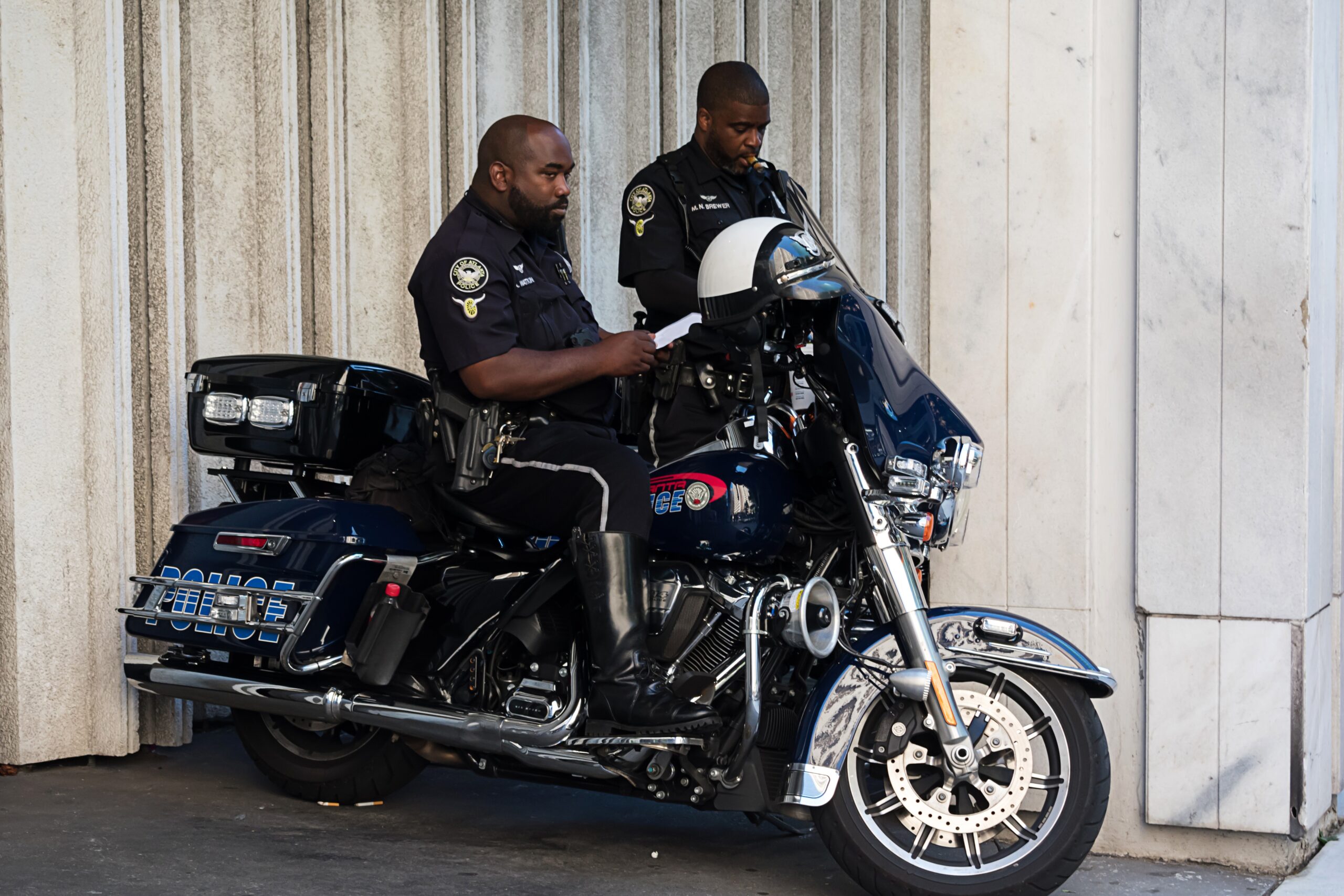
Riding a motorcycle can be an exhilarating experience, but it also comes with its own set of unique challenges and dangers. In order to ensure the safety of riders and other drivers on the road, the United States has established a number of motorcycle laws in the USA and regulations for motorcycle operation.
In this article, we will explore the key motorcycle laws in the USA and what riders need to know in order to stay safe and legal on the road.
Contents
Motorcycle Laws in the USA: Helmet Laws
One of the most crucial motorcycle laws in the USA is the helmet law. While helmet use is not required in all states, many states have passed laws mandating that all riders and passengers wear a helmet while operating a motorcycle. This law is in place to protect riders from head injuries in the event of an accident, as well as to increase their visibility on the road and make them more noticeable to other drivers.
According to the National Highway Traffic Safety Administration (NHTSA), motorcycle helmets are estimated to be 37% effective in preventing fatalities in motorcycle accidents. Additionally, riders who wear helmets are less likely to suffer from serious head injuries, neck injuries, and spinal cord injuries in the event of an accident.
It is important to note that not all helmets are created equal, and some may provide better protection than others. When purchasing a helmet, riders should look for a helmet that meets the standards set by the Department of Transportation (DOT) and that fits properly. A helmet that is too big or too small can offer limited protection in the event of an accident.
Motorcycle Laws in the USA: Age Requirements
Another important motorcycle law in the USA is the age requirement for riders. In most states, riders must be at least 16 years old in order to legally operate a motorcycle on public roads. However, there may be restrictions on the type of motorcycle that a young rider can operate based on their age and experience. For example, some states may prohibit young riders from operating large motorcycles or prohibit them from carrying passengers.
In addition to age restrictions, some states may also require young riders to complete a motorcycle training course or take a riding test before being allowed to operate a motorcycle on public roads. This is to ensure that young riders have the necessary skills and knowledge to operate a motorcycle safely and responsibly.
License Requirements
In order to legally operate a motorcycle in the USA, riders must have a valid motorcycle license. This license can be obtained by passing a motorcycle training course or taking a riding test. In some states, riders may also be able to obtain a motorcycle license without taking a riding test by completing a motorcycle safety course.
However, it is important to note that motorcycle licensing requirements may vary from state to state. Some states may require riders to pass a written test and a riding test, while others may only require a riding test. In some cases, riders may also be required to have a valid driver’s license before being eligible to obtain a motorcycle license.
Riders should check with their local Department of Motor Vehicles (DMV) for more information on the specific requirements in their state. In some cases, the DMV may also offer motorcycle training courses or riding tests for riders who want to obtain a motorcycle license or improve their riding skills.
Conclusion
In conclusion, motorcycle laws in the USA are designed to protect riders and other drivers on the road. By understanding and following these laws, riders can help to reduce the risk of accidents and ensure that they are riding legally and responsibly. Whether you are a seasoned rider or just starting out, it is important to stay informed about the motorcycle laws in your state and always practice safe riding habits.


